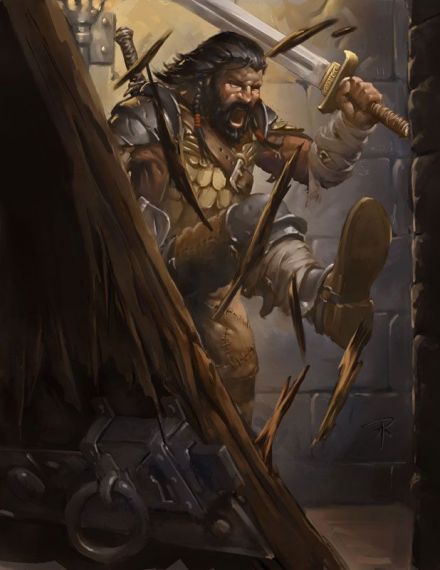Primary Attributes
The primary attribute of any character class is considered to be it’s most important ability statistic. When a player creates a character, it is considered best for the character’s survival if the highest stat the character has rolled is placed upon the character’s primary attribute. This is not a requirement - but it is often good policy.
For example, a player has decided to be a fighter. The primary attribute for the fighter is strength. A fighter’s minimum strength is 9. Under the rules, the player is free to assign any stat above 9 to their strength in order to meet the requirements to be a fighter. However, a fighter with only a 9 strength would be a poor fighter; whereas placing the highest of the player’s six rolls under strength would most likely make the best possible fighter. Thus the primary ability is a guideline for the player when choosing stats.
In the case of seven classes - the cleric, druid, fighter, mage, paladin, ranger and thief - the primary attribute also provides a 10% experience bonus for the character.
Strength is the primary attribute for assassins, fighters, paladins and rangers. Wisdom is the primary attribute for clerics, druids and monks. Intelligence is the primary attribute for illusionists and mages. Dexterity is the primary attribute for thieves. And charisma is the primary stat for bards.
Constitution is not a primary stat for any class; but it is very often the best choice for the character’s second highest roll, as constitution is very important for hit points and health.
